Artist Inks – A Comprehensive Guide!
Hey y’all – it’s Rebecca back with another Comprehensive Guide. We will be exploring Artist Inks for Mixed Media, Art and Crafts. WOW…there are so many inks out there. Do you ever become confused about which one to use for what? Me too! As an artist/educator, I especially enjoy learning about the features and benefits of our “tools of the trade.” Then I love to synthesize the information in a way that helps others understand. Today I am sharing ins and outs of Ink – this fundamental tool that is a vital part of every craft room!
Artist Inks Overview
There are so many inks available to today’s artist that it becomes a trial and error process of sorting it out. Here at The Graphics Fairy we love paper crafting! Inks are vital for the kinds of projects we create. Buying ink can be costly. Using the wrong product can ruin a piece of art or change the intended vision at minimum. I will attempt to demystify these staple art supplies for you and explain how to use them for their best results.
2 Types of Ink
There are basically only two basic types of ink. These are inks that are either pigment-based or dye-based. Pigment-based inks adhere better to surfaces like paper, and don’t tend to run or smear. Dye-based inks are meant to move (smear or run) more easily, and the color tends to fade over time. However, the quality of dye-based inks has improved considerably in recent years. Let’s explore these inks in depth.
Commonly Used Inks for Art and Craft Projects
There are four groups of inks that are commonly used for mixed media projects. These are Watercolor and Alcohol inks, which are dye-based, along with India and Acrylic inks that are pigment-based. Mixed media art can involve the use of inks with other painting materials such as pastels, gesso, mediums, pens and pencils, and other materials on paper or canvas.
- Watercolor Inks. Generally much brighter than basic watercolors, these inks can be used alone or with watercolors to make areas of paintings pop. Because of their brightness, illustrators and graphic designers often use them, particularly for works that are to be photographed or scanned. Being dye-based, they do blend in together with a little water, but not as well as watercolor paints do. Watercolor inks are sold in liquid form and can be used in fountain pens or with brushes. A popular brand is Ecoline Liquid Watercolor bottles and Brush Pens, ColorIt Liquid Watercolor Ink, and Dr. Ph. Martin’s Watercolor Ink.
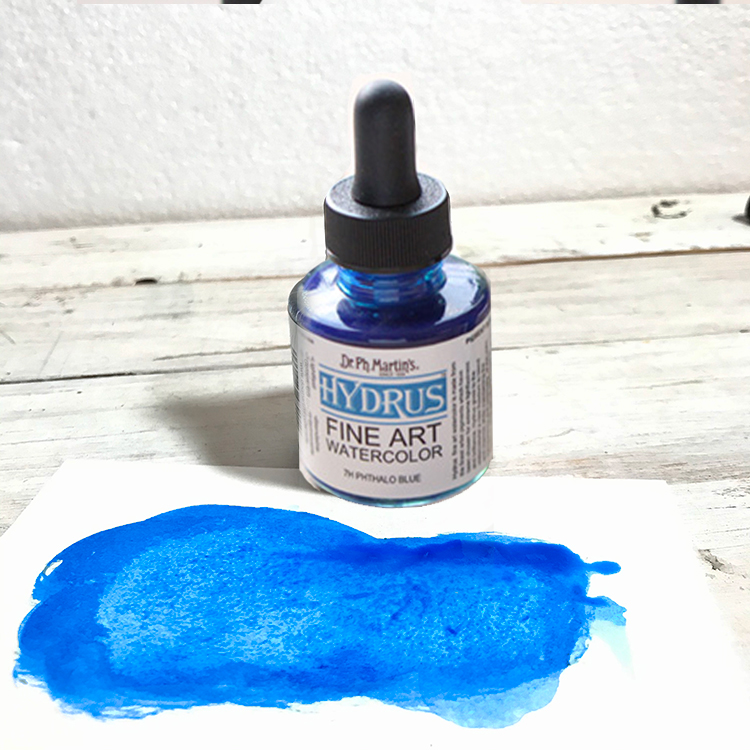
- Alcohol Inks. Alcohol inks are dye-based and transparent that are most often used to layer color. These inks dry very quickly because alcohol evaporates quickly. Artists appreciate the fact that alcohol inks can be easily modified by blending in a little rubbing alcohol to generate a watercolor effect. These inks can produce very vibrant colors and are splendid for use on many non-porous surfaces like glass, plastic, metal, stone, ceramic, polymer clay, and even leather. A marbled effect can be created by mixing colors together. Jacquard Alcohol Inks and Tim Holtz Ranger Adirondack are two well known brands. Alcohol inks are offered as pens and markers as well.
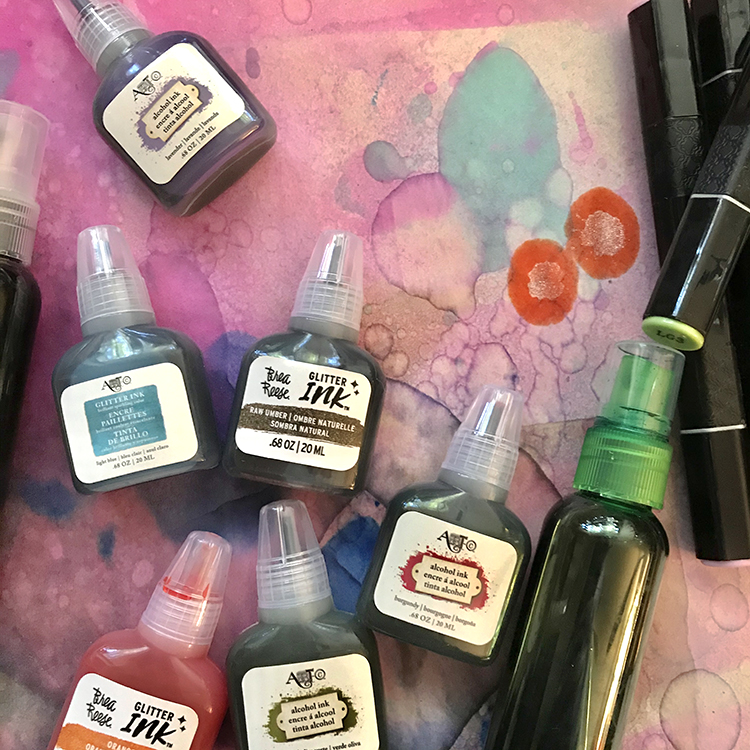
- India Inks. Pigment-based India inks are made from carbon molecules mixed with water. Binders can be added to make it more durable. There are 12 colors available in addition to one called “deep black.” India inks are great for ink-blotting, where a blob of ink is placed on strong paper and either air blown to produce a random pattern or the paper folded in half to get a mirrored image. Interestingly, these inks have historically been used by fine artists for drawing and outlining (defining the outer edge) comic strips. With mixed media applications, some artists like to layer India inks or combine them with alcohol inks for amazingly colorful results. Some common surface applications are paper, card stock, jewelry, charms, calligraphy and polymer clay. These inks are sold as liquids, ink sticks that are ground and mixed with water, and pens. Dr. Ph. Martin’s India Ink is a high quality brand as is Faber-Castell Artist Brush Pens, and Fudenosuke Tombow Brush Pens. NOTE: I use Tombow brush pens every day.
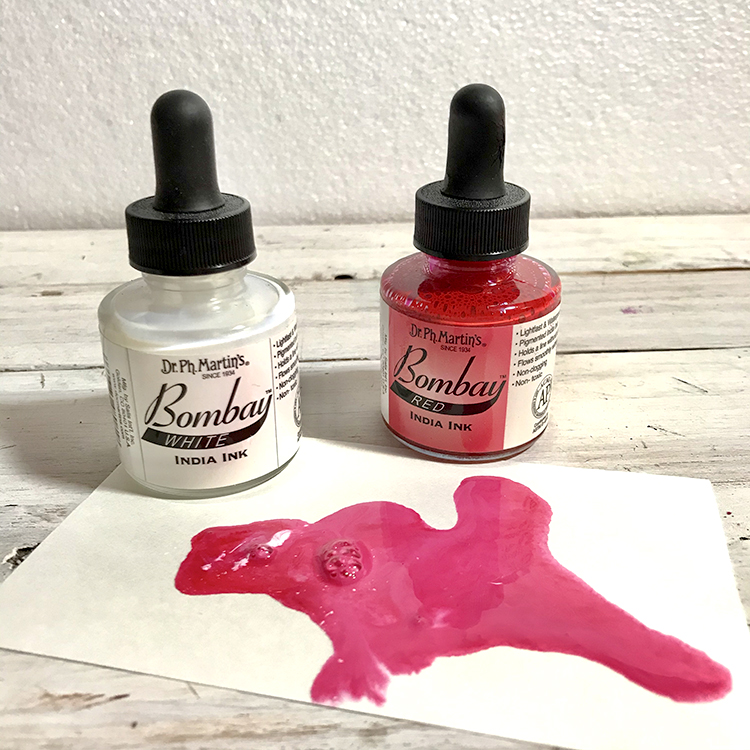
- Acrylic Inks. Acrylic inks use finely ground pigments with acrylic to form a non-clogging, permanent, quick drying, and water-resistant option for your art projects. These inks are considered to have exceptionally high pigment quality and are perfect for a wide variety of mixed media projects. Acrylic ink differs from acrylic paint in that the pigments are suspended in a thinner polymer medium. These inks offer a very wide range of options for artists and crafters. Unlike India inks, they can be used for airbrushing (spraying freehand or with a stencil) and stamping. Acrylic inks generate a very strong bond, making them a splendid choice for applying to paper, card stock, glass, ceramics, wood, clay, leather, Calligraphy and others. Many beautiful, vibrant colors are available for use. They are also great for highlighting paintings composed of acrylic and watercolor paints along with pastels. Acrylic inks can be found in liquid form or pens. Dr. Ph. Martin’s Liquid Acrylics are popular with 30 available colors. Daler-Rowney and Liquitex Professional Acrylic Ink are also good.
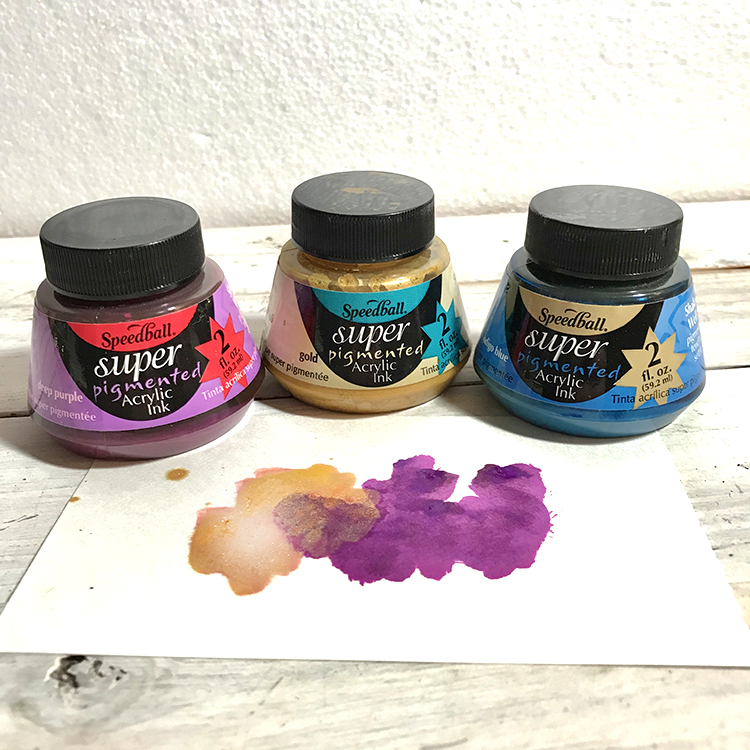
Distress Inks
Yes, Distress Ink is another type of ink we have all used in our mixed media projects. Thinner than other dye-based inks yet quite durable, Distress Ink Pads are used for stamping and staining paper. Distress ink produces an aged, worn, stained, antique (distressed) look that is very popular today with crafters. A newer version is known as Distress Oxide Ink Pads, which combines mostly pigment with dye. Tim Holtz Ranger Adirondack is a well known brand for these inks. Distress Ink Sprays are also popular.
Inks for Rubber Stamping
Lots of people use rubber stamp inks. They can be the most confusing. There are so many kinds and so many colors. Dye based ink pads dry quickly and will smudge. They usually have a felt pad. It is best to store them upside down so the ink stays on the felt. Pigment based ink pads dry more slowly but don’t smudge after dry. They usually come with a sponge pad. There is a third type of ink pad for rubber stamping. Solvent based ink pads are permanent!! YAY! If you want to watercolor over a stamped image, use these. StaysOn is the one most stampers recommend for this!
Learn to Use Ink Posts
We have several tutorial posts on How To Use Inks here on The Graphics Fairy. Check them out to learn more:
- Learn 7 Distress Ink Techniques
- Working with Distress Oxide Inks
- More Distress Oxide Techniques
- Embossed Paper Clay Techniques
DIY Ink Recipes
Oh yes, I love making my own homemade inks. I am always looking for new items to make in from. All kinds of nuts, flowers, spices, and foods have ended up as ink in my crafty kitchen. I am sharing two recipes for making your own below.
- 1 small egg yolk
- 1 tsp Gum Arabic
- 1/2 cup honey
- 1-2 tsp lamp black – (Lamp black or carbon black is available for purchase. I make my own by grinding stick charcoal with mortar and pestle into a fine powder.)
Mix the egg yolk, Gum Arabic, and honey. When thoroughly mixed, stir in lamp black or charcoal until it forms a thick paste. You can store the paste in a glass baby food jar for a few days. This is a small batch meant to be used in one or two sessions. NOTE: The egg will not have an odor, but should be used quickly as it has no preservatives added. To Use: Add small amounts of water until you have your desired inky consistency. TIP: It is best to apply with traditional brushes.
Blueberry Ink Recipe
- 1 cup blueberries
- 1/4 cup water
- 1/4 vinegar (as a preservative)
- pinch of salt (as a preservative)
Heat blackberries in water, pressing with a fork or potato masher to release the juice. Strain the pulp mixture. Let cool. Stir in water, vinegar, and salt. Store in a glass baby food jar. The pretty purplish pink color can be applied with a brush or dip pens. TIP: If you don’t get all the pulp out, you can usually brush it away once the ink is dry.
And don’t forget to check out our Avocado Dye Recipe HERE and our Acorn Ink Recipe HERE.
I hope you had fun exploring the wonderful world of Artist Inks with me!! I hope you know more about which ink to use when now. I also create Photoshop Elements tutorials and craft project videos over on The Graphics Fairy Premium Membership site. You can find even more of my books, art, and whimsical shenanigans on The Bookery
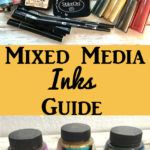
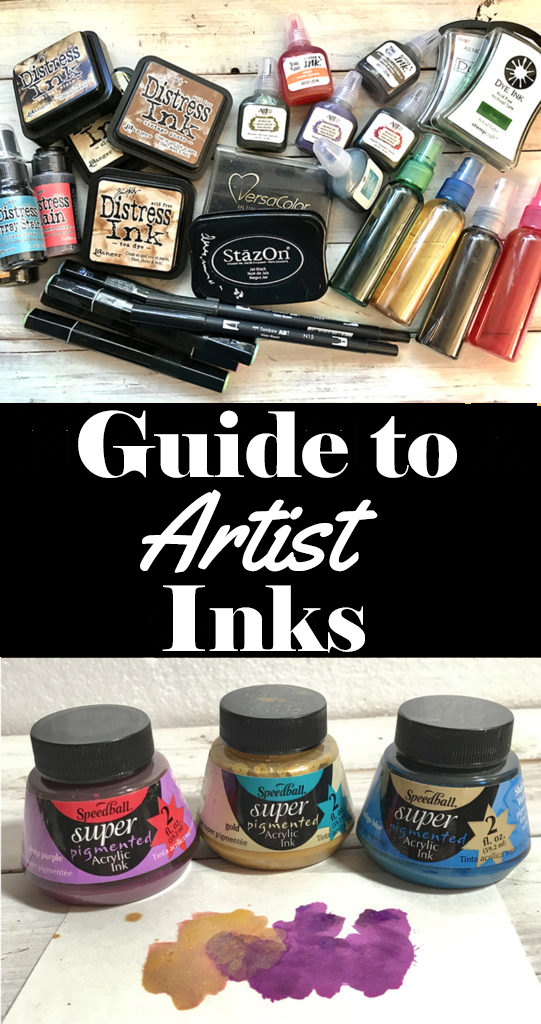
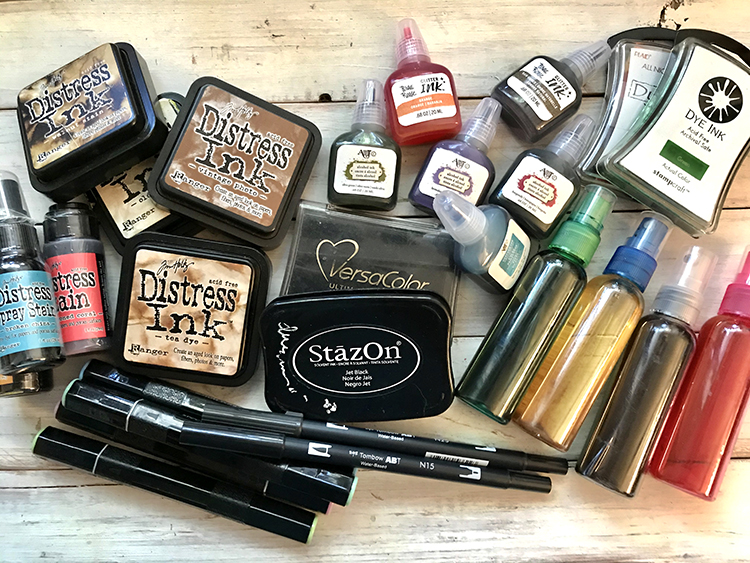
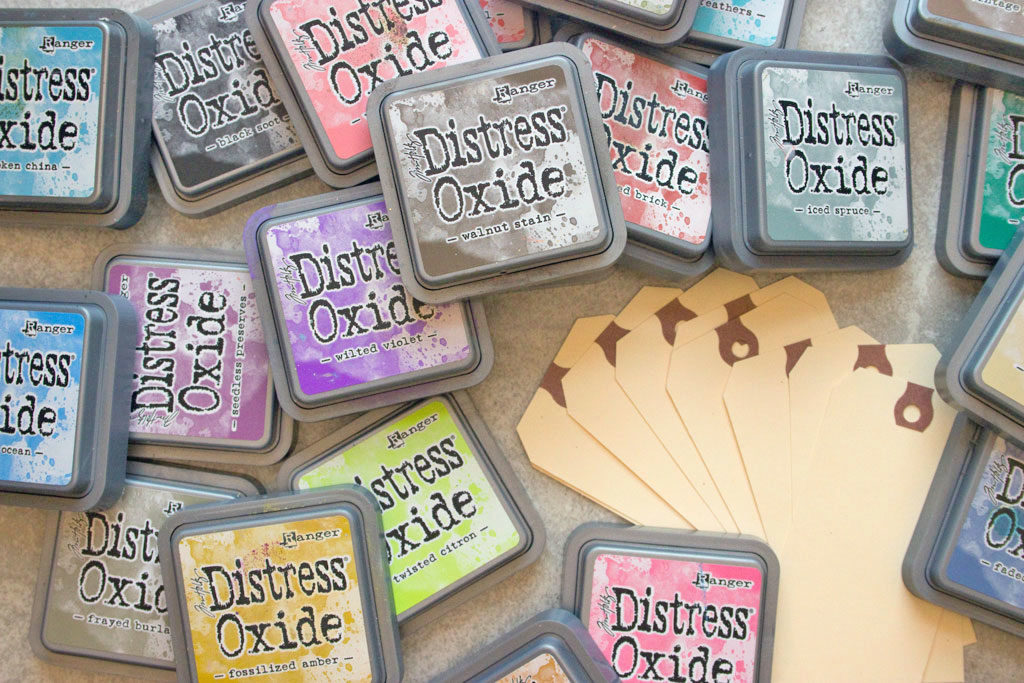
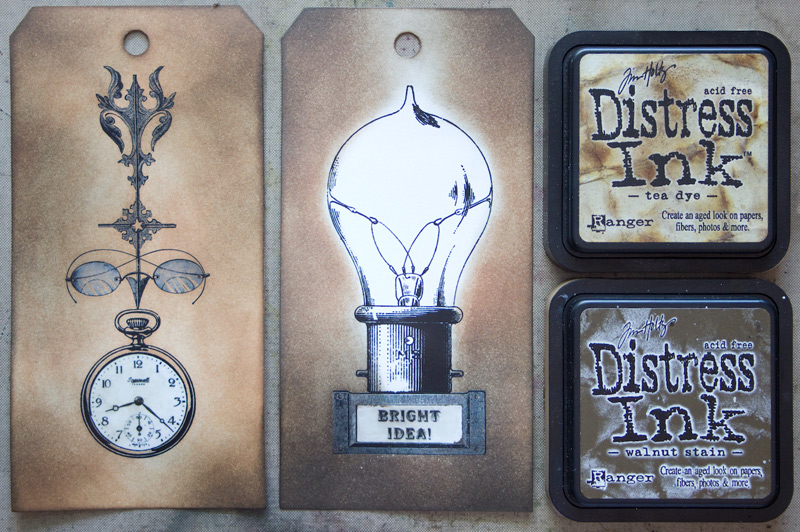
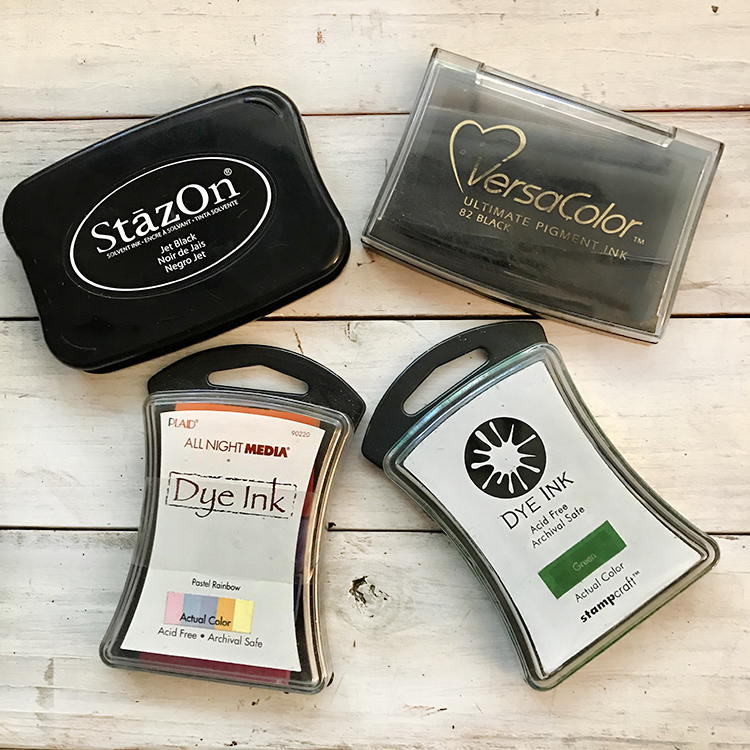
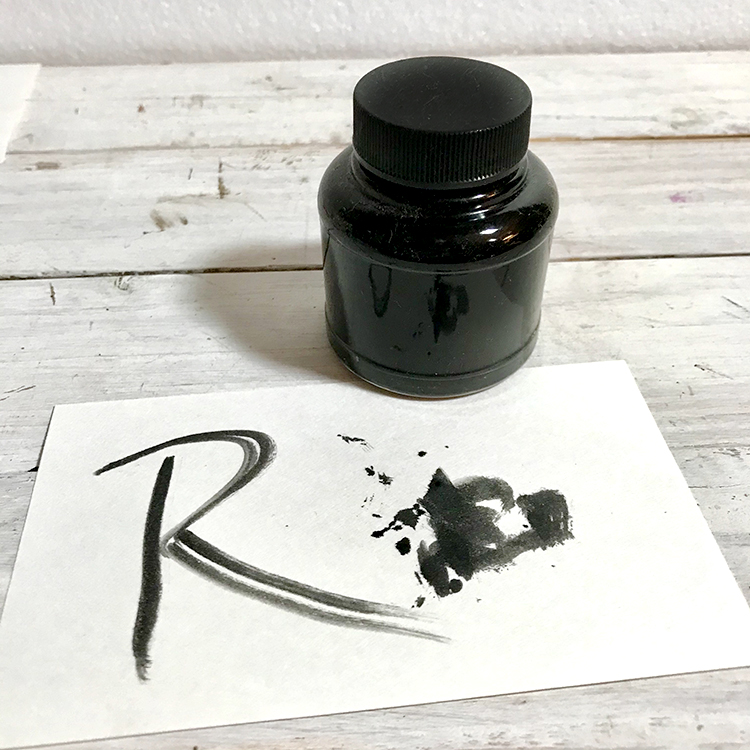
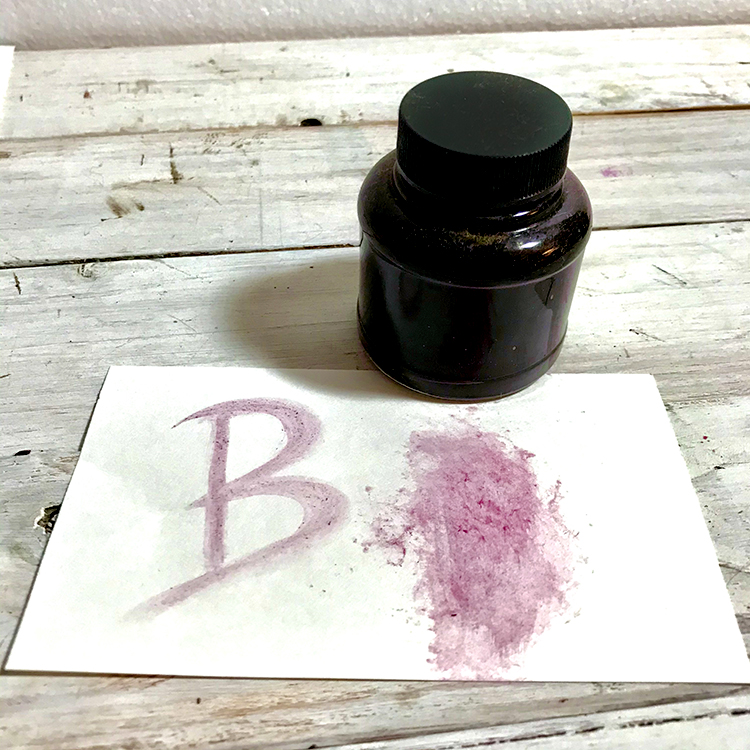
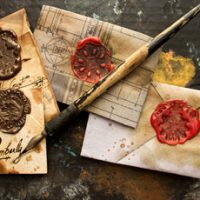
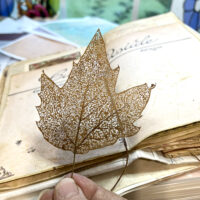
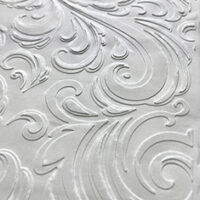




Belinda says
Thanks for this particular post and perfect timing! It’s been really driving me crazy with all the different type of pens inks & penciled brushstrokes & unfortunately I am the perfectionist trying to teach the old dog New Trick 🤣
graphicsfairy says
Oh yea! So glad the timing was right for you Belinda! Have fun with it 🙂
Rebecca E. Parsons says
Dear Belinda. I so understand your quandary. I never know which ink to reach for when I want to do this or that. I was determined to figure it out. Glad it is helping you!! XOX Rebecca
Vivra Beene says
Thank you so much for the article on Mixed Media. I’m just getting back into designing greeting cards using rubber stamped images, and during my away period, inks have changed so much. This article is so helpful and clearly explained. Thank you Rebecca.
graphicsfairy says
Thanks so much Vivra, we are so glad you found it helpful 🙂
Rebecca E. Parsons says
I understand your thinking. I was forever stamping with an ink that smeared when I added watercolor or markers. It was frustrating to the max. Now I reach for the Stays On and all is well. I wish you much success with your Greeting Card designing. It sounds like so much fun! XOX Rebecca